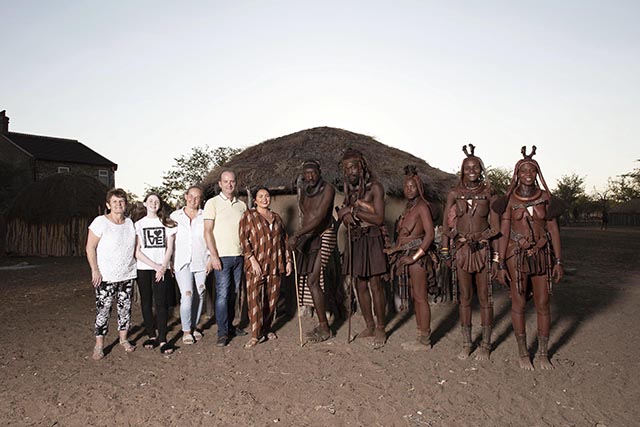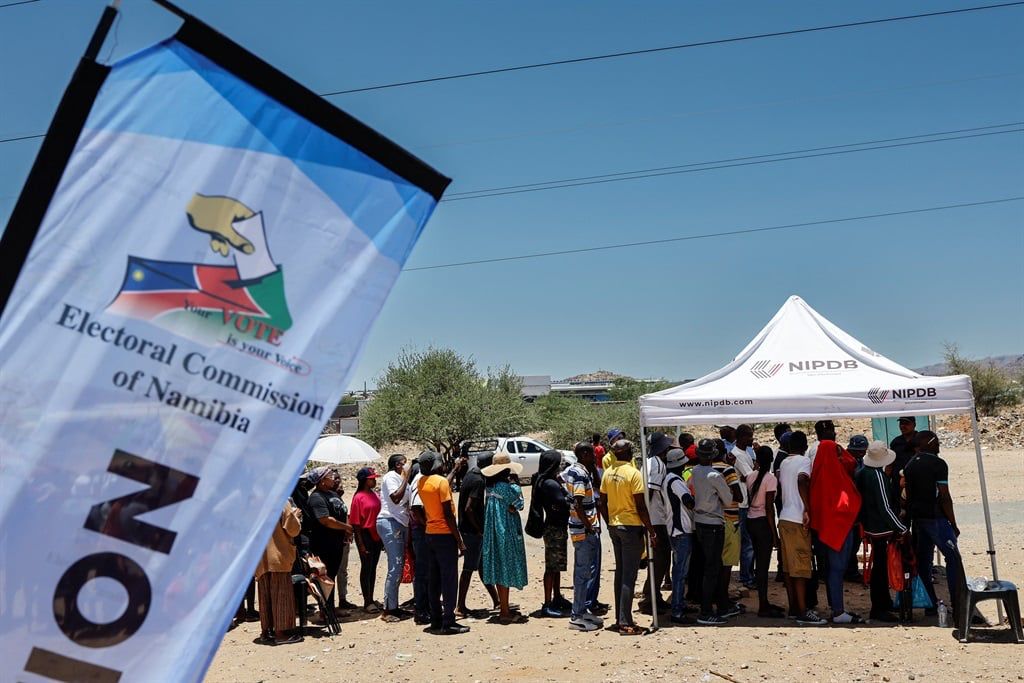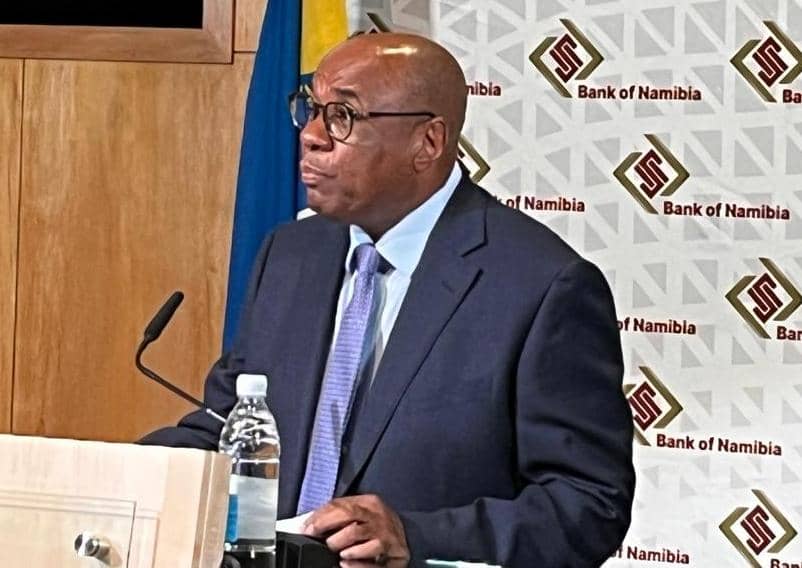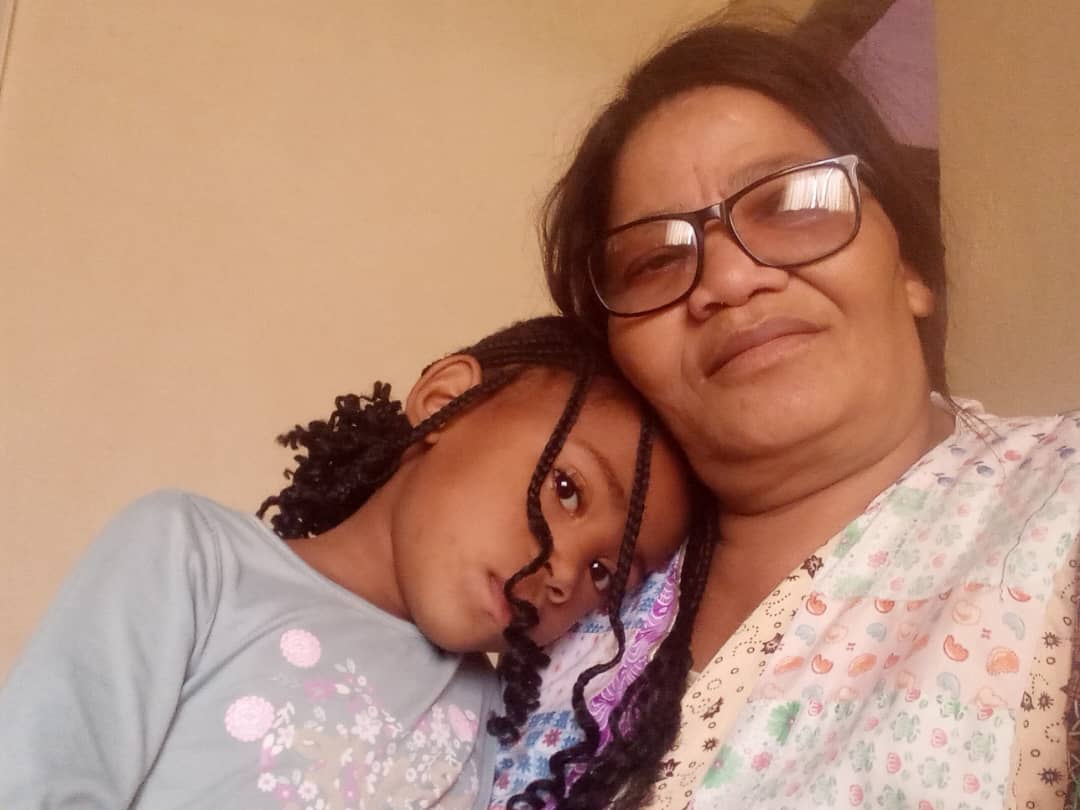A UK-BASED television reality show that has cast a wealthy British family living next door to a Himba tribe in the Kunene region was met with mixed feelings from some viewers.
The show, titled ‘British Tribe Next Door’, was filmed in Kaokoland, where a wealthy British family had set up a modern-day English mansion right next to a Himba family living in huts.
The show started airing last Tuesday on the British Channel 4, and has so far received mixed feelings, with some viewers accusing the producers of exploiting the Himba, and demeaning them for the sake of entertainment.
According to reports on the UK online publication MailOnline , “furious viewers have blasted Channel 4’s new series… for being exploitive”. The viewers have labelled the show racist and derogatory.
Some British social media users have reacted with disbelief at the show, describing it as “appalling and grotesque, stereotypical and offensive” – with others going as far as dubbing it a “poverty porn”.
“Culturally insulting and exploitative to the highest order… It smacks of colonialism and cultural exploitation, and will probably destroy the group who took part. Utterly irresponsible,” observed one social media user.
While others were appalled by the British family flaunting their wealth next to an indigenous tribe, others enjoyed the paradox, and have lauded the show for its unique entertainment style.
Said one social media user: “One of the most fascinating programmes I have ever seen. It’s not insulting to the Namibians, but a total wake-up call for us. By the end of it, we’ll all look differently at our lives… Was genuinely ready to hate [the show] but actually enjoying it. If nothing else, it’s a lesson in unnecessary excess…”
One of the most notable elements of the show is the replica of an English terraced family home – complete with running water, electricity and the family’s possessions around them – built in the middle of Otjeme village.
Otjeme is a village north-west of Opuwo in the Okanguati conservancy. It is home to 100 semi-nomadic Himba cattle herders, who choose to live very traditional lives.
emailed questions to Channel 4, who responded that the four-part series to be aired weekly was “ground-breaking”.
The show features English reality television personality Scarlett Moffatt and her family, “plucked from the UK and transplanted into a replica of their home at Otjeme”.
“The series is a celebration of our shared humanity, exploring the cultural exchange of two contrasting but equally viable 21st-century ways of living. It is hoped the series will stimulate debate about values and attitudes to community bonds, family life, sexuality, treatment of the elderly, and raising children,” said a statement from Channel 4.
The producers scouted a year ago, searching for a community who were “proud of their traditions”, whose lifestyle was very different from the UK family, and “who were happy to take part in the exchange”.
The film focused on a few key villagers, including the brother of the headman, his wife, and the headman’s cousin.
“After consulting the head of the village, a gift-in-kind of a modern solar-powered borehole was given to the community. The borehole will deliver reliable clean water to the village and their animals on a long-term basis. It was built locally, and its specification and location were decided by the community,” the statement said.
Filming started in May, and was completed by the end of June 2019.
The producers worked closely with local film producer Joel Haikali under his Joel Vision Production company. Haikali declined to comment, and referred all queries to the producers.
Channel 4 referred to an independent social impact report conducted “by an anthropologist” a few months after the filming ended. It found that there was no negative social impact on the community. “They found taking part in the programme to be an overwhelmingly positive experience,” said Land.
“The house and its contents were removed after filming ended. An environmental impact assessment was done, which found that there had been no negative environmental damage to the land where the house was built (and remove)” a spokesperson said.
got in touch with a member of the Himba family, Tjiuone Hembinda, through conservancy leader Dave Kangombe. According to Hembinda, the producers came in person to their village to tell them of their intent to produce a film of their household – which involved about 50 members, and 20 members from another household.
Hembinda confirmed that a borehole was drilled for the community, while food was also supplied during production. He also said there was financial reward after filming ended, but did not disclose the amounts.
“They also hired community vehicles. It was basically temporary employment,” he said.
Also asked about the negative opinions, Hembinda told that there were no elements of negativity.
“Producers needed the Himba people, and everyone got what they wanted,” he added.
He said the only concern was the producers allegedly diverting the road going to the homestead to avoid having passing vehicles being caught on film during production.
He said most of Kunene is under conservancies, who are custodians of natural resources there.
“So, when the concessionaire comes, it appears to the targeted beneficiaries as if the conservancy committee wants to take away their benefit from this production. This creates a conflict between the conservancy members.”
He said the idea is that projects such as this film production not only benefit individuals, but all the members. That is why conservancies were established, so that all can benefit from the resources, and not just a certain group, observed Kangombe.
Stay informed with The Namibian – your source for credible journalism. Get in-depth reporting and opinions for
only N$85 a month. Invest in journalism, invest in democracy –
Subscribe Now!










